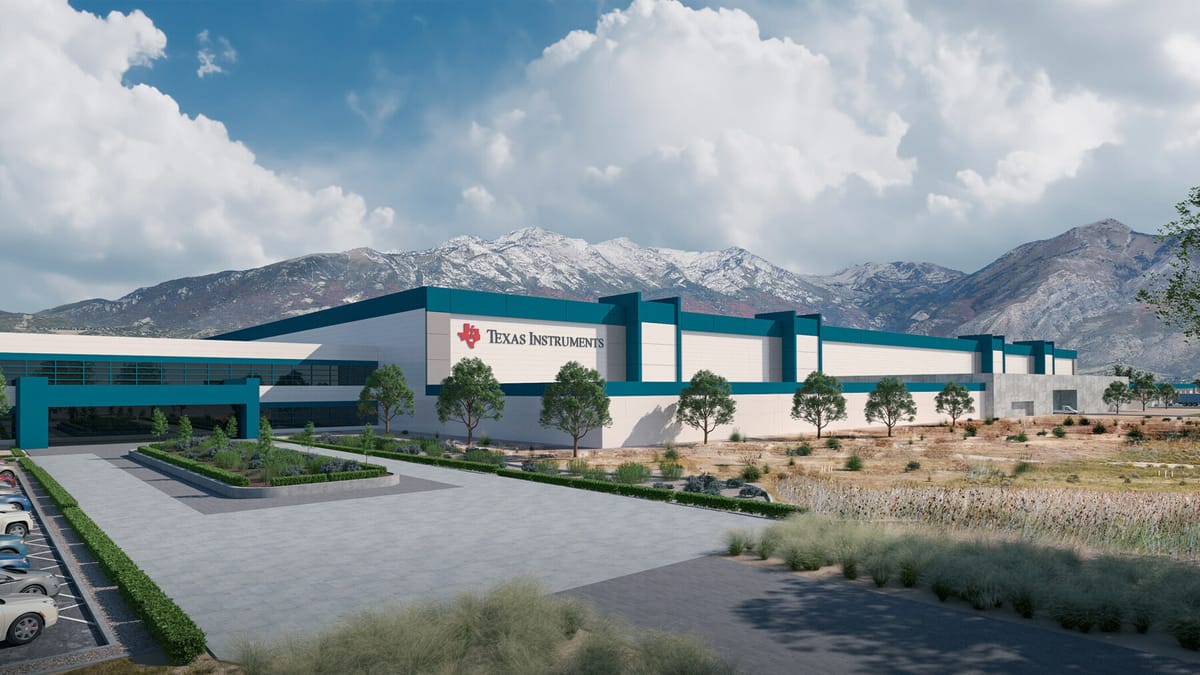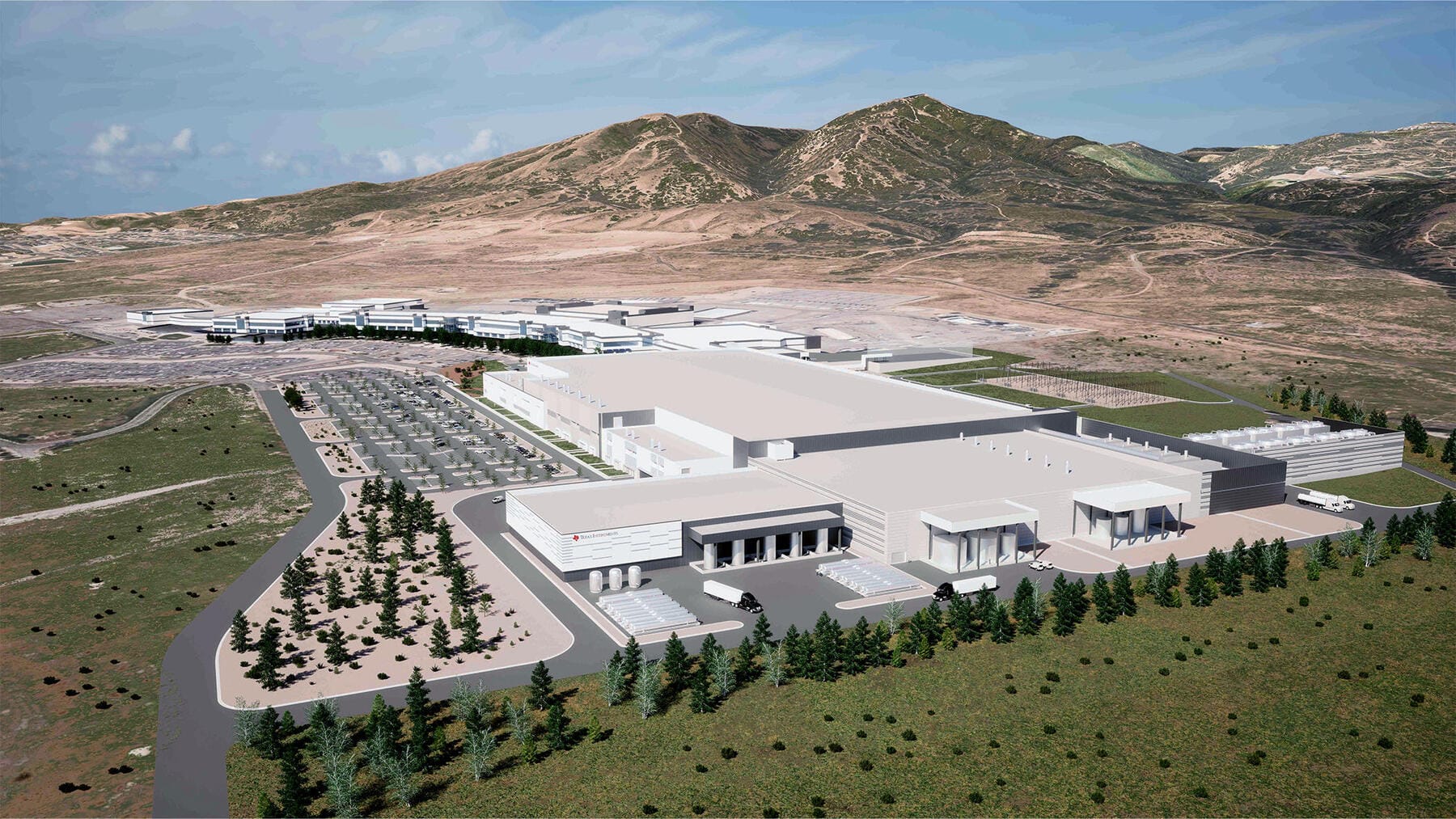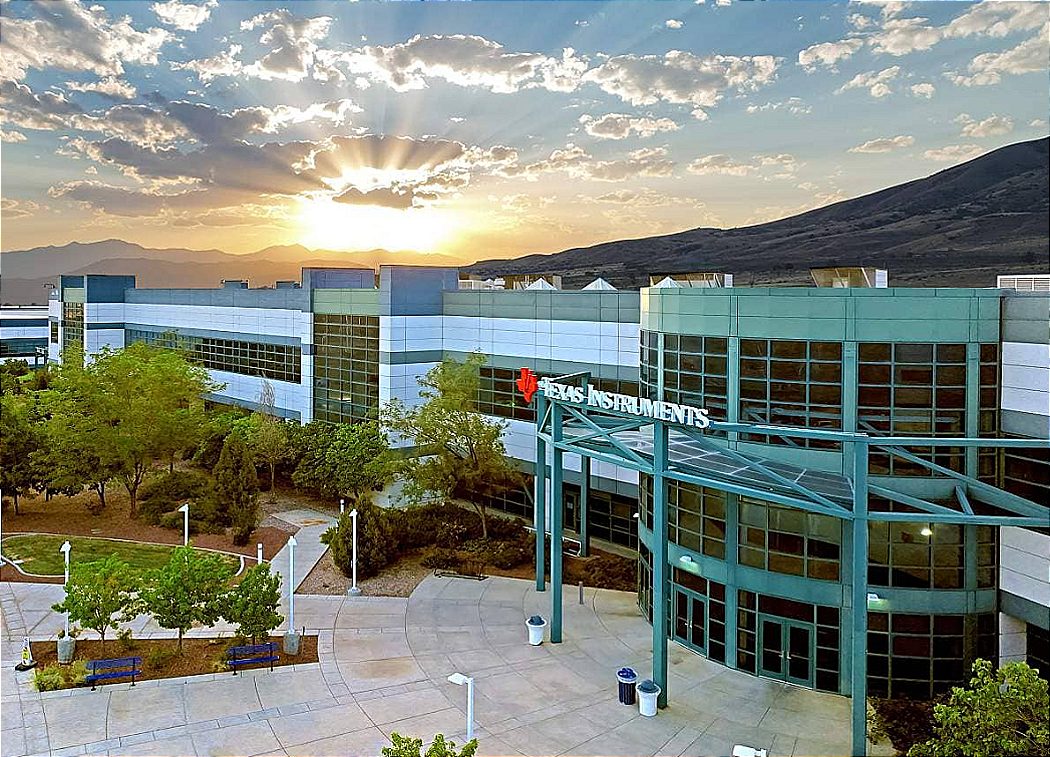

Lehi, Utah — August 7, 2025
Apple’s announcement that it will invest an additional $100 billion in the U.S. economy over the next five years is drawing national attention, but in Lehi, Utah, the ripple effects are deeply local. The announcement highlights Lehi as one of nine regions in the country where Apple will undertake “significant expansion,” reinforcing the city’s growing role in America’s resurgent semiconductor sector.
According to Apple, the new commitment will bolster manufacturing at key sites including the Texas Instruments (TI) semiconductor wafer fabrication plant, or "fab," in Lehi, where raw silicon wafers are transformed into chips used in iPhones and other Apple products. TI has been expanding its presence in Lehi since acquiring the site from Micron in the Spring of 2021.
“These facilities will manufacture critical foundational semiconductors used for Apple products, including iPhone devices shipped in the U.S. and around the world,” Apple stated.
Lehi officials are welcoming the spotlight — and the follow-through. “From the city’s perspective, this announcement and the partnership between Texas Instruments, Apple, and Applied Materials signals continued support for the success of the Lehi fabrication plant,” said Marlin Eldred, Economic Development Director for Lehi City, who shared insights about the Apple announcement and how it affects TI's LFAB2 with TechBuzz today.

No Change to Footprint — For Now
While Apple’s announcement raised questions about whether Lehi’s TI campus will grow even larger than planned, Eldred clarified that current construction — the so-called LFAB2 — a new 300-millimeter semiconductor wafer fabrication plant— is proceeding as originally designed. “From my perspective, no, this announcement is not going to change the size of LFAB2,” he said. “They’ve already started footings, foundation supports — to stop mid-construction and redo everything would be a monumental undertaking.”
The LFAB2 project mirrors the original LFAB1 facility in scale, bringing the total footprint of the Lehi site to 2.5 million square feet. Initial plans, covered by TechBuzz in February 2023, anticipated approximately 800 new jobs, and Eldred sees Apple’s involvement as reinforcing that trajectory. “With this announcement, those commitments — the jobs, the tooling, the operations — are now cemented. It gives us a stronger assurance that we’ll see continued success here.”
Infrastructure: Built to Sustain
Behind the scenes, Lehi City has been preparing for this scale of industrial growth for years. “We did a quick analysis of our infrastructure — water, sewer, pressurized irrigation — and Texas Instruments purchased additional water shares back in 2023 to meet projected demand,” said Eldred.
TI also submitted water usage and wastewater discharge estimates for both the current and future phases. “We planned for worst-case scenarios when it comes to consumption,” Eldred noted, adding that as semiconductor tooling becomes more efficient, actual usage may come in below those projections.

Lehi and TI are also actively exploring ways to repurpose wastewater discharge. “We’re working with their team to assess whether the discharge can be reused — possibly in our pressurized irrigation system,” Eldred said. “That would be a highly desirable partnership. Every home here uses that system, and it operates year-round. If we can use reclaimed water for that purpose, it’s a big win.”
Lessons from Micron’s Stalled Bet
Lehi’s leaders aren’t new to the chip industry’s unpredictability. In the early 2000s, Micron Technology began construction on what was to be a state-of-the-art semiconductor plant in north Lehi. Micron completed the facility but didn’t start tooling for 7 – 10 years after completion. Tooling started in 2008, but Micron halted the project before it became operational. Years passed with the facility dormant before it was eventually sold.
“There’s always going to be some cautious optimism,” Eldred said.
"It was frustrating for Lehi City to witness the Micron project stall out years ago. If anything, this week's Apple announcement will help Texas Instruments continue to build the LFAB2 plant, get it up and operational so that they can continue with chip manufacturing. For Lehi, it means a stronger relationship with TI and confidence in their continued growth here. This equates to continued economic viability and job growth in our community."
National Scale, Local Impact
Apple’s investment, now totaling $600 billion since 2018, includes commitments across dozens of states, but Lehi stands out for its direct role in chip manufacturing. “It’s a big deal for Lehi to be mentioned in that kind of national conversation,” Eldred said. “We weren’t involved in brokering the Apple-TI deal, but from a city perspective, this only strengthens Lehi’s position in the sector.”
Water availability remains a key issue for long-term growth, especially in Utah’s high-desert climate. “Water is always on our radar,” Eldred said. “We start analyzing snowpack every February. By April, or May at the latest, we already know if we need watering restrictions for the summer. Every decision we make, whether for residential growth or business expansion, has to account for that.”
Other Utah-based manufacturers are already leading by example. In North Ogden, Chromalox’s recent manufacturing plant expansion incorporates rainwater collection, efficient plumbing upgrades, and smart facility design to cut water use by roughly 10%. It’s a model that shows how advanced manufacturing can minimize environmental impact through innovation and planning.
Still, Lehi sees the TI-Apple partnership as not just feasible, but a strategic anchor. “Chip manufacturing ebbs and flows,” Eldred said. “But this kind of partnership gives us the confidence that LFAB2 will move from construction to tooling to full operation.”
For more information about the Texas Instruments LFAB2 facility in Lehi, see overview video.


